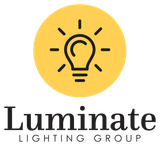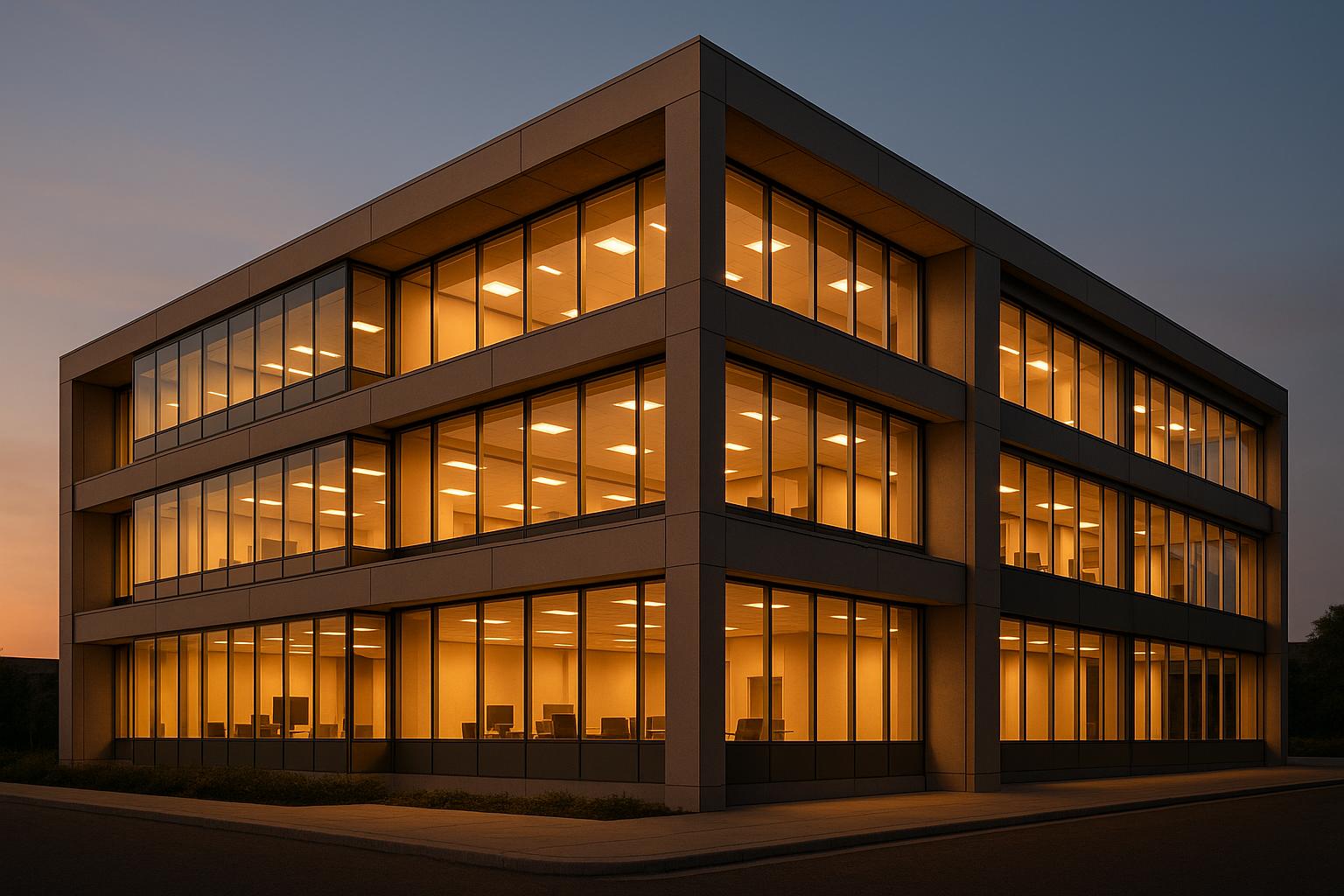Check if your lighting meets energy codes with our free tool. Input building type, location, and more to get a detailed compliance report!


Navigating the maze of energy regulations for commercial buildings can feel overwhelming. Whether you manage an office, retail space, or warehouse, ensuring your lighting setup aligns with efficiency standards is crucial—not just for compliance, but also for cutting costs. That’s where a reliable energy code compliance checklist comes in handy. It helps you assess key factors like lighting power density and the use of automated controls, comparing them against benchmarks set by widely recognized guidelines.
Poorly designed lighting doesn’t just waste energy; it can lead to fines or failed inspections if it violates local or national rules. Many codes, tailored to specific building types and regions, set strict limits on power usage per square foot and often require features like occupancy sensors to minimize waste. By proactively checking your setup, you can identify gaps early and make smart upgrades—think swapping out old bulbs for LEDs or installing daylight-responsive systems. Our tool simplifies this process, offering clear feedback and practical steps to help you stay on the right side of regulations while boosting sustainability.
Our tool focuses on widely used standards like ASHRAE 90.1 and the International Energy Conservation Code (IECC). These are the most common benchmarks for lighting efficiency in the U.S. We’ve simplified the data for key building types and regions, but keep in mind that local codes might have additional rules. If you’re unsure about specific state or city requirements, it’s worth checking with a local authority or consultant.
No worries! If your setup doesn’t meet the standards, we’ll flag the specific issues—like excessive lighting power density or missing controls. You’ll also get tailored recommendations, such as upgrading to LED fixtures or adding occupancy sensors. These suggestions are meant to help you prioritize fixes that bring you closer to compliance without breaking the bank.
Lighting controls, like occupancy sensors or daylight harvesting, are often required by energy codes because they cut down on wasted energy. For instance, sensors can turn off lights in empty rooms, and daylight systems dim fixtures when natural light is enough. Many standards, especially for commercial spaces, mandate these features based on building type and size. Our tool checks if your use of controls aligns with those expectations.